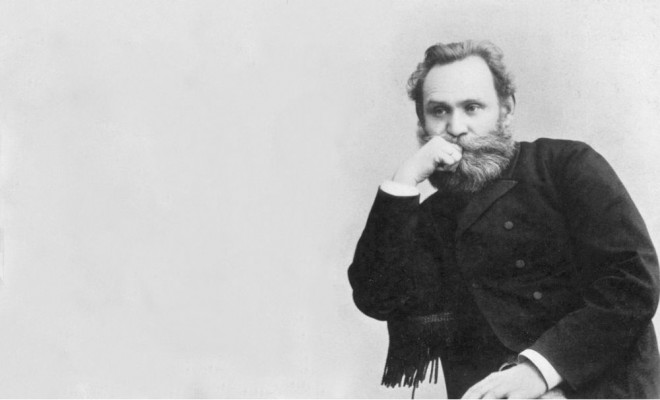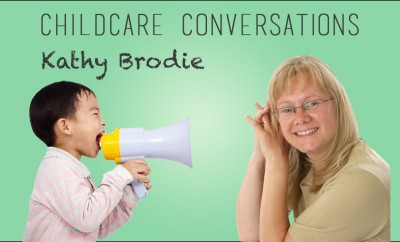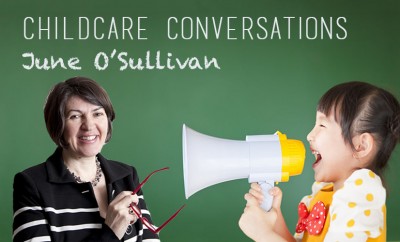
Child Development
Child Development Theories: Ivan Pavlov
Ivan Pavlov was a Russian physiologist known primarily for his work on developing the principles of classical conditioning. Pavlov’s classical conditioning has found numerous applications: in behavioural therapy, across experimental and clinical environments, in educational classrooms as well as in treating phobias using systematic desensitisation.
Ivan Pavlov Theory: Classical Conditioning
First discovered by Russian physiologist Ivan Pavlov (1849-1936), classical conditioning is a learning process governed by associations between an environmental stimulus and another stimulus which occurs naturally.
All classical conditioned learning involves environmental interaction. For learning to occur, there must also be a ‘neutral stimulus’ which is then followed by a naturally occurring reflex. For instance, Pavlov’s dogs heard a tone (neutral stimulus) followed by salivating (naturally occurring reflex) in response to the arrival of food. Once the sound of the neutral stimulus became linked to the stimulus present in the environment (food arriving), it soon became possible to induce salivating just by sounding the neutral stimulus.
The action of classical conditioning upon a subject is a three-phase process:
Phase 1: Pre-conditioned state
Classical conditioning demands a naturally occurring stimulus which will induce an automatic response. So at this stage, there is a UCS (unconditioned stimulus) linked to a UCR (unconditioned response) which occurs naturally.
Phase 2: Conditioning state
Next, a neutral stimulus is repeatedly introduced alongside the UCS. Soon, the neutral stimulus becomes linked with the UCS. Once this starts to happen, the neutral stimulus is transformed into a CS (conditioned stimulus) because the subject has now become conditioned to respond to the CS as if it were the natural UCR.
Phase 3: Post-conditioning state
One the UCS and the CS are connected, the CS alone will trigger a response. At this final stage, the response has now become a CR (conditioned response). That means the subject has learned to produce the CR when triggered by the CS – which was previously just a neutral signal.
The key elements of classical conditioning:
1. Acquisition
Acquisition requires a neutral stimulus to become linked with an unconditioned stimulus. This must then be repeatedly reinforced to ensure strong learning takes place.
2. Extinction
Extinction (the opposite of acquisition) occurs when a conditioned response weakens or ceases to exist. For a conditioned response to be maintained, the unconditioned stimulus must be re-introduced occasionally to ‘top up’ the desired conditioned response.
3. Generalisation of stimulus
Once a conditioned response has been created, it can tend to emerge as a response to other stimuli which appear similar. For instance, if a particular bell tone is the conditioned stimulus, similar sounding bell tones can elicit the same response.
Teachers can use classical conditioning to help children overcome some anxiety-provoking contexts. For instance, providing consistent reassurance and support may help a child who is anxious about reading aloud start to feel more calm and comfortable.






You must be logged in to post a comment Login